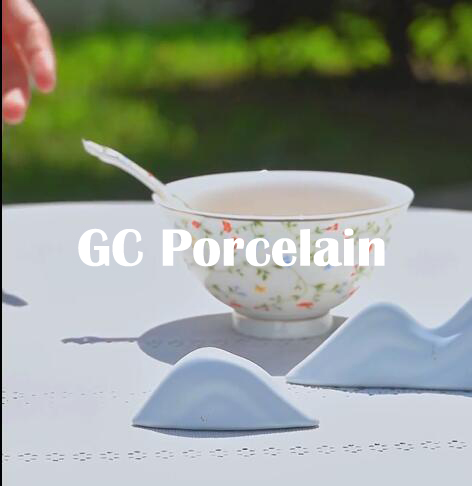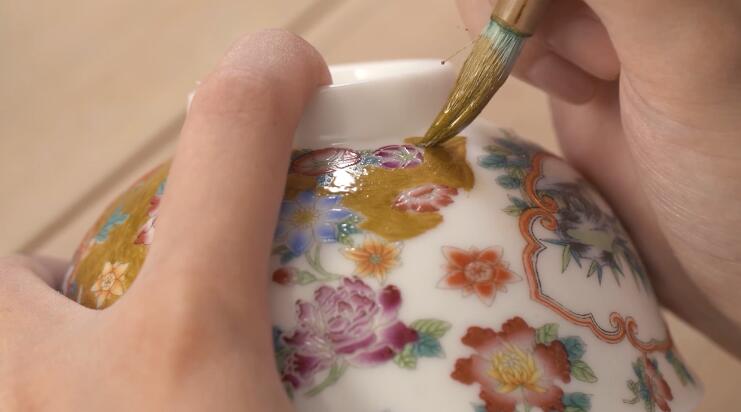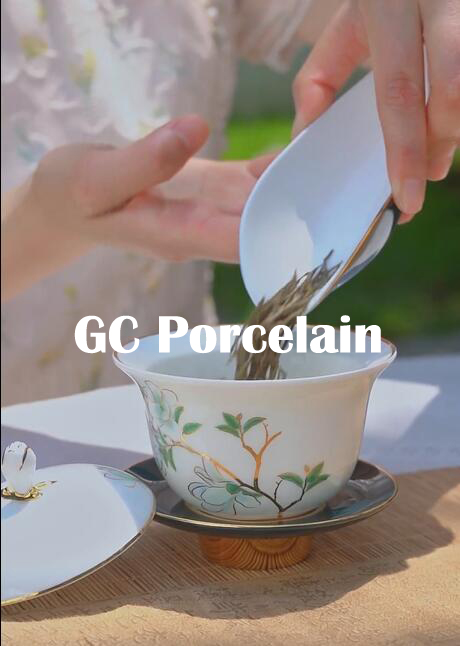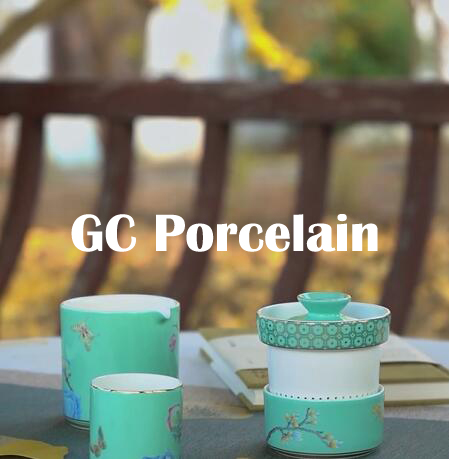Originating from the Bohemian region in the Czech Republic, Bohemian porcelain china is recognized for its artistic designs and craftsmanship. Dating back to the late 18th century, it showcases hand-painted designs, intricate gilding, and relief work inspired by nature, folklore, mythology, and history.
Its vibrant colors, from cobalt blues to pastels and gold accents, are another defining feature, enhancing the design and creating a sense of elegance. The range of products includes tea sets, dinnerware, vases, figurines, and decorative objects, each showcasing detailed artistry.

Bohemian porcelain china's timeless appeal makes it highly collectible, with rare pieces from renowned manufacturers being particularly valuable. Recently, there's been a renewed interest in preserving and appreciating this craft, with museums and exhibitions showcasing exceptional pieces.

A Brief History of Bohemian Porcelain
Today, we're discussing the porcelain of Bohemia, the heart of Europe.From 1800 to 1945, Bohemia, part of the Austro-Hungarian Empire and now the Czech Republic, underwent significant changes due to wars, invasions, and occupations. Influenced by neighboring countries, it saw frequent shifts in town names, languages, and land ownership. Its strategic location and abundant coal resources made it the empire's industrial center.
Bohemian towns like Sedlec, Karlovy Vary, Pilsen, and Jihlava are rich in kaolin and feldspar, essential for porcelain production. The proximity of Bohemia to Bavaria, a German porcelain powerhouse, and the control of a significant portion of porcelain factories by German Jews, also played a role in its porcelain industry.
The first European porcelain factory, Meissen, was established in 1710 in Saxony, Germany. The Vienna Porcelain Manufactory in the Austro-Hungarian Empire followed in 1718. However, porcelain manufacturing in western Bohemia was delayed by 75 years until the establishment of the Horní Slavkov Porcelain Factory in 1792.The Habsburg dynasty's stringent control over the Vienna Royal Porcelain Factory led to the demise of many unauthorized factories, stunting the growth of the Bohemian porcelain industry in the early 19th century. However, the Industrial Revolution sparked a late 19th-century boom in European porcelain production.Karlovy Vary, with its low production costs and growing market demand, became the leading US porcelain exporter.
Bohemian porcelain has various styles, initially influenced by German craftsmen, producing many Baroque and Neoclassical styles. The use of opaque yellow or cream matte glaze, similar to ivory, became a characteristic feature.
Early 19th-century porcelain quality improved due to heightened exports and was shaped by French, German, and Viennese styles. By mid-century, the British Industrial Revolution inspired Bohemian porcelain to join international exhibitions, producing Renaissance-style pieces and hand-painted depictions of Bohemian landscapes. The demand from the United States led many craftsmen to immigrate there to continue their craft.
The history of Bohemian porcelain teaches us two important lessons: imitation will never secure a top position in the industry, and war always brings devastation to economic development. Peace is the key to progress.
If you have any questions or need to custom dinnerware service, please contact our Email:info@gcporcelain.com for the most thoughtful support!






